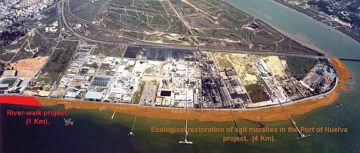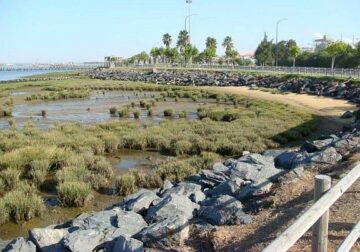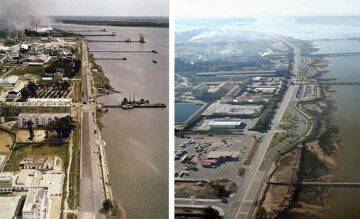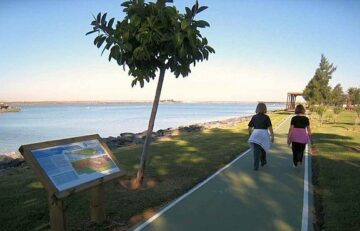Challenge(s)
How could the port authority protect the local biodiversity, specifically local bird communities ?
Good practice
Modify infrastructure or build new facilities to protect ecosystems from the negative effects of port/industrial activities
Port infrastructures and activities can cause irreversible damage to sea beds and contribute to the disappearance of fauna and flora living there. By taking account of this environmental footprint and considering ecological engineering and eco-design measures for port infrastructures, this biodiversity can be restored and preserved.
Cas d'étude
The port of Huelva, which covers some 1700 hectares, is located in the estuary of the Odiel and Tinto rivers. The estuary is a zone of international ecological importance, and various sectors of the 12,000 hectares of marshland are classed as national parkland, biosphere reserve or Natura 2000 zones. In 2006, the Port of Huelva embarked on a programme to restore dunes, marshes and beaches along 4 kilometres of the Odiel’s left bank. These environments had been seriously deteriorated and contaminated by the port’s activity and also by intensive industrial activity.
Three years later, the use of ecological engineering (replanting Spartina maritima) had helped to reduce the presence of invasive species and allowed the growth of vegetation and biodiversity (macroinvertebrates, fish and birds).
The programme also includes restoration of 1 km of banks on the same side of the Odiel and the creation of a pedestrian promenade. Educational signs have been installed along the promenade, with information about the local environment and the ecological restoration programme.
Thanks to these efforts, in addition to its ecological benefits, the programme has also served to improve the port’s image among citizens.




